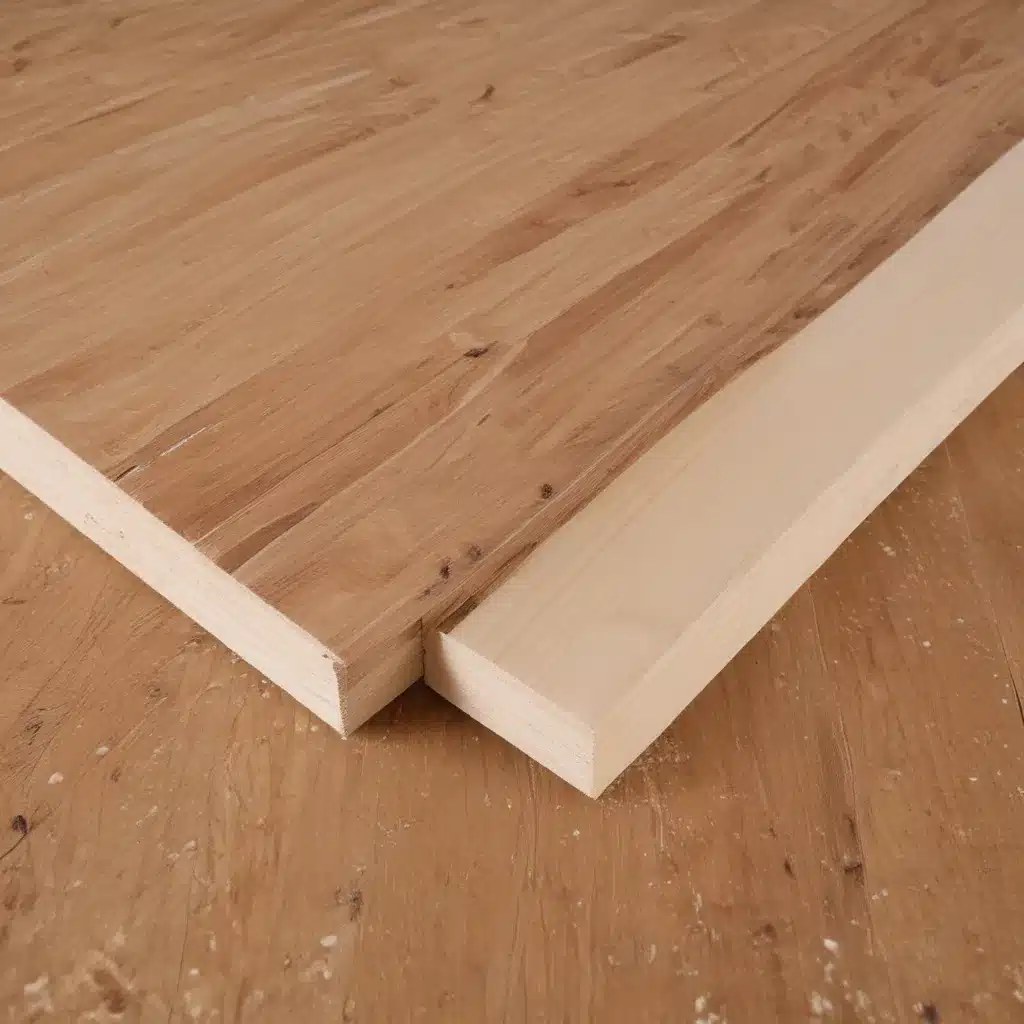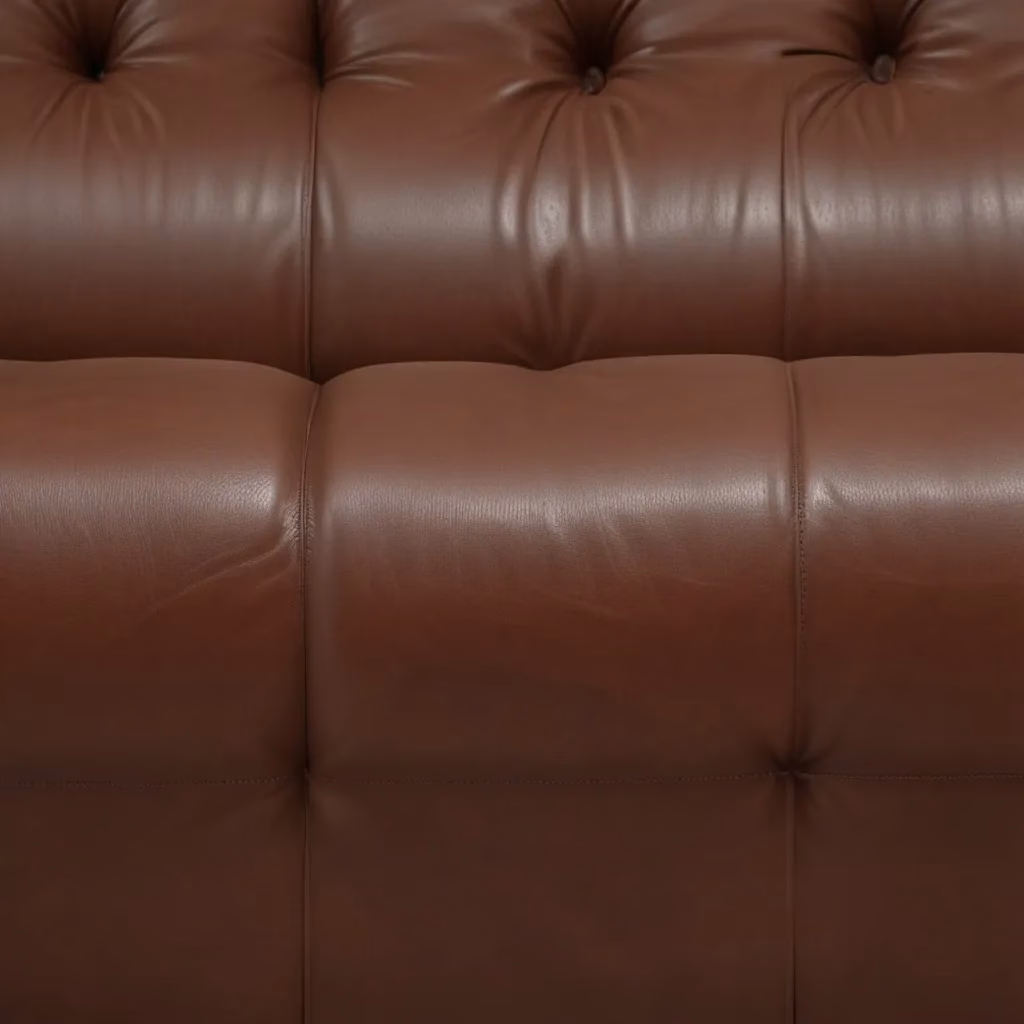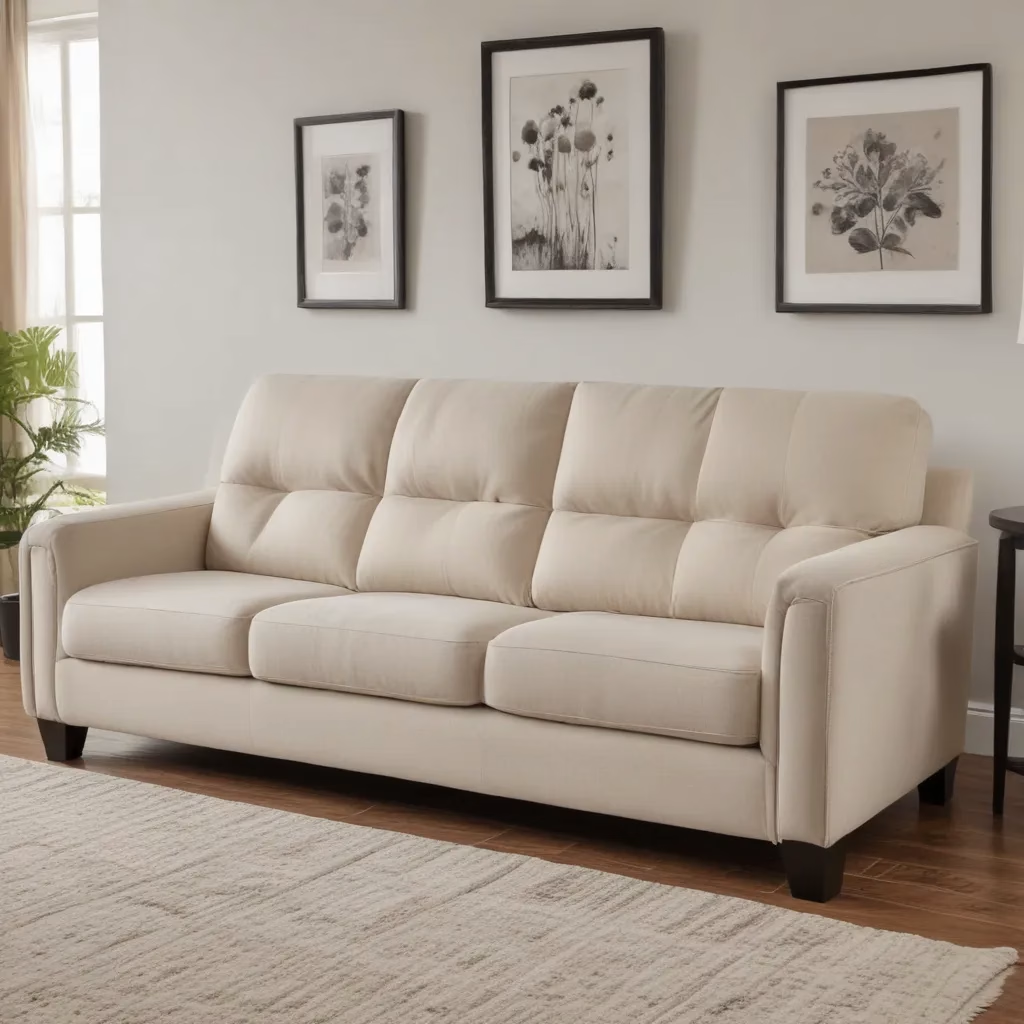As an avid couch potato (pun very much intended), I’ve spent countless hours sinking into the cushions of various sofas, pondering the eternal question: what makes a great sofa frame? Is it the plush upholstery, the supportive cushions, or the sturdy foundation that truly matters? Well, after a deep dive into the world of sofa construction, I can confidently say that the frame is the unsung hero of any seating masterpiece.
The Importance of Sofa Frames
Think about it this way – your sofa frame is the skeleton that supports the entire structure. It’s the foundation upon which all the comfort and style is built. A weak or poorly-constructed frame can lead to sagging, creaking, and an overall lack of durability, no matter how fancy the upholstery might be. On the other hand, a well-designed frame can ensure your sofa stands the test of time, providing a lifetime of cozy Netflix binges and lively family gatherings.
As I’ve discovered, there are two main contenders when it comes to sofa frame materials: hardwood and engineered wood. And the age-old debate rages on – which one reigns supreme? To find the answer, I’ve delved into the pros and cons of each, drawing insights from the furniture experts on Reddit and other reliable sources.
Hardwood Sofa Frames
Hardwood, such as oak, maple, or walnut, has long been the traditional choice for sofa frames. And for good reason – these dense, sturdy woods offer incredible strength and durability. As one Redditor noted, “Hardwood frames, like oak or maple, are generally going to be the most robust and long-lasting.” And when it comes to high-quality sofa construction, the folks at MidInMod agree, stating that “a solid hardwood frame will outlive many sofas.”
But the benefits of hardwood go beyond just durability. These natural materials also bring a certain warmth and character to a sofa’s design. Imagine sinking into a plush, velvet-upholstered couch, supported by the rich, grain-patterned frame of solid oak – it’s a level of elegance that’s hard to replicate with other materials.
However, it’s not all sunshine and rainbows when it comes to hardwood frames. One key downside is the price tag. Quality hardwood is generally more expensive than engineered alternatives, which can make it a tough sell for those on a tighter budget. Additionally, hardwood frames can be heavier and more challenging to maneuver, especially during the delivery and setup process.
Engineered Wood Sofa Frames
Enter the challenger: engineered wood. This synthetic material, often made from a combination of wood particles, fibers, and resins, has been gaining popularity in the sofa manufacturing world. And for good reason – engineered wood frames can offer a more cost-effective solution without sacrificing too much in terms of strength and longevity.
As one Redditor pointed out, “Engineered wood frames, like multi-ply panels, can also be quite durable and long-lasting.” And the folks over at r/BuyItForLife chimed in, noting that “engineered wood can be just as sturdy as solid hardwood, depending on the construction.”
One of the key advantages of engineered wood frames is their affordability. By using a mix of wood particles and synthetic materials, manufacturers can often produce frames at a lower cost, making them more accessible to a wider range of consumers. And let’s be real – who doesn’t love a good deal?
But engineered wood isn’t without its drawbacks. While it can be just as sturdy as hardwood in some cases, it may not have the same natural charm and timeless elegance. And in terms of repairability, hardwood frames tend to have an edge, as they can be more easily refinished or repaired if damaged.
Putting It All Together: Hardwood vs. Engineered Wood
Now, let’s take a closer look at how these two frame materials stack up against each other:
| Feature | Hardwood Frames | Engineered Wood Frames |
|---|---|---|
| Durability | Exceptionally strong and long-lasting | Relatively durable, but may not match the longevity of hardwood |
| Aesthetic Appeal | Offers a warm, natural, and classic look | May not have the same level of visual appeal as hardwood |
| Repairability | Can be easily refinished or repaired if damaged | Repairs may be more challenging and less seamless |
| Cost | Generally more expensive | More budget-friendly |
| Weight | Heavier and more challenging to maneuver | Lighter and easier to handle |
So, which one is the better choice? Ultimately, it comes down to your personal preferences, budget, and needs. If you’re looking for a sofa that will truly stand the test of time and you’re willing to invest a bit more, then a hardwood frame might be the way to go. But if you’re on a tighter budget or prioritize ease of delivery and setup, an engineered wood frame could be the perfect compromise.
And let’s not forget, at the end of the day, the most important factor is finding a sofa that you absolutely love and will bring you years of comfort and enjoyment. Whether it’s a solid oak masterpiece or a sleek, engineered wood creation, the perfect sofa is out there waiting for you.
Speaking of which, if you’re in the market for a custom sofa that will perfectly complement your home, be sure to check out Sofas Spectacular. Their team of experts can help you navigate the world of sofa frames and find the perfect fit for your space and lifestyle. Happy couch-hunting!




